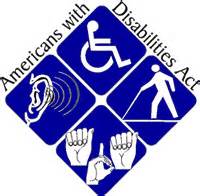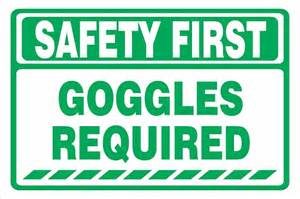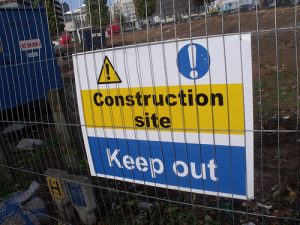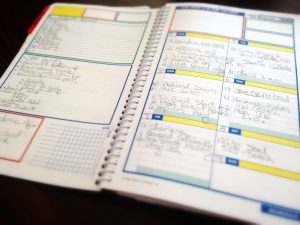According to insurance industry estimates, fewer than 50% of companies carry EPLI. While most

large companies carry it, the smaller the employer, the lower the percentage of coverage. This mirrors feedback I get from CEO’s I speak to nationwide. Although the cost of coverage varies, a $1 million policy with a $10,000 deductible usually costs from $50 to $250/year per employee. When you think about obtaining EPLI, weigh the cost of this protection against the likelihood and impact of a claim, settlement, verdict, etc.
Check out the cost figures on claims, derived from the EEOC, Jury Verdict Research and other sources:
- 88,778 cases were filed with the EEOC in 2014
- Average employee verdict exceeds $200,000
- 14% of all verdicts exceed $1 million
- Average settlement is $75,000
- Legal fees average over 100,000
- Wasted time, an emotional roller coaster, impact on the company’s brand among all stakeholders — priceless.
That’s the potential exposure. What’s the potential of getting hit with it? According to CNA, an employer is more likely to face an EPLI claim than a Property or General Liability claim. Almost 75% of litigation against corporations involves employment disputes. More than 40% of Employment Practices claims are filed against companies with 15-100 employees.
Doing some rough math, there are about 6 million companies in the U.S. Although many of these firms are too small to bother suing, some 2.5 million businesses have 15 or more employees.
Experience tells me that tripling the number of EEOC claims give a fairly realistic number of total claims made with employers. Dividing 2.5 million companies by 300,000 claims comes to roughly a one in eight chance of experiencing a claim during a year — which means the firm can expect to face at least one employment-related claim over an eight-year period (this probability depends on the size of the company, location, compliance practices, culture, etc.).
By purchasing EPLI, you not only cap your risk at $5,000 to $25,000 a year, but you allow yourself the freedom to let go of poor performers without the threat of litigation. Let’s say a 50-person company pays $7,200 a year (an average of $120 per employee) for EPLI coverage. Building in a cost increase, over an eight-year period, estimate the total cost of $70,000. The company probably will face a claim during those eight years, which will cost an average of $75,000 just to settle, plus another $25,000 in legal fees, for $100,000 (see the average premium cost and settlement figures above). You’d still come out $30,000 ahead —plus eliminating much of the stress and hassle. If the case goes to verdict, those numbers can easily triple. Remember there is no way you can amortize this expense! Of course, you might easily face more than one claim during the policy term.
Last, not only do you get a cost of defense, you obtain an insurer’s expertise in claim management.
The bottom line: Not getting EPLI is a gamble that could significantly impact or even wipe out your cash flow. Talk to your broker about this coverage today.



 o matter how dedicated you may be to workplace safety, you will never totally eliminate the possibility of danger. That’s why you have insurance, after all. If you could guarantee a 100% safe and riskless work environment, you wouldn’t need to take out a policy. Unfortunately, life just doesn’t work that way.
o matter how dedicated you may be to workplace safety, you will never totally eliminate the possibility of danger. That’s why you have insurance, after all. If you could guarantee a 100% safe and riskless work environment, you wouldn’t need to take out a policy. Unfortunately, life just doesn’t work that way.









